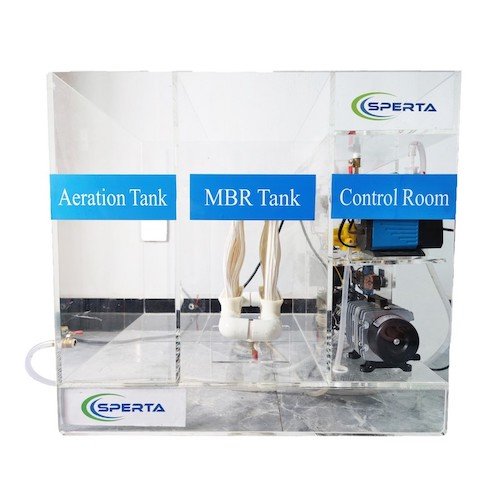As the global population grows and urban areas expand, the demand for efficient wastewater treatment solutions has never been higher. Communities and industries are seeking ways to treat wastewater effectively, ensuring that our water sources remain clean and sustainable for future generations.
At the forefront of wastewater treatment technologies is the Membrane Bioreactor (MBR). But a common question arises: Is investing in MBR an expensive affair?
While the initial costs might seem high, it’s essential to look at the bigger picture, considering both the immediate and long-term financial implications.
Understanding Membrane Bioreactor (MBR)?
MBR is a technology that combines conventional biological wastewater treatment with membrane filtration. It offers a compact design and high-quality effluent, making it a popular choice for many wastewater treatment applications.
What Drives the Cost of MBR?
Several factors contribute to the overall cost of an MBR system:
Initial Investment
Setting up an MBR system requires a significant initial investment. This includes the cost of the membranes, tanks, pumps, and other associated equipment.
Operational Costs
Running an MBR system involves energy consumption, regular maintenance, and manpower. These recurring costs can add up over time.
Replacement Costs
Like all equipment, the membranes in an MBR system have a limited lifespan. Over time, they’ll need replacement, which comes at a cost.
Waste Disposal
Disposing of the waste generated by the system, especially the sludge, can also incur costs.
How Does MBR Compare to Traditional Systems?
Compared to traditional wastewater treatment methods, MBR might seem more expensive initially. However, its efficiency and the quality of treated water often justify the higher price tag. Traditional systems might have lower setup costs, but their operational expenses, maintenance needs, and larger footprints can make them less cost-effective in the long run.

What are the Long-Term Benefits and ROI?
Investing in MBR is about more than just the immediate costs. It’s also about the long-term benefits:
- Efficiency: MBR systems can treat large volumes of wastewater in a compact space, making them ideal for land-constrained areas.
- Water Quality: The water quality treated by MBR is often superior to that treated by traditional methods. This high-quality effluent can be reused, leading to water savings.
- Environmental Benefits: With stricter environmental regulations, having a system that ensures minimal environmental impact can save industries from hefty fines.
When you factor in these benefits, the return on investment (ROI) for MBR becomes evident. Over time, the savings from reduced water wastage, potential reuse of treated water, and avoidance of regulatory fines can offset the initial investment.
Conclusion
While the initial costs of setting up an MBR system might be higher than traditional wastewater treatment methods, the long-term benefits make it a worthwhile investment. By focusing on the bigger picture and considering both immediate and future gains, it becomes clear that MBR offers value for money in wastewater treatment.
The above is information about the MBR membrane. If you still have questions about the membrane bioreactor or need to purchase MBR membranes, don’t hesitate to contact SPERTA.
Shanghai SPERTA Environmental Technology Co., Ltd. has specialized in producing water treatment products for many years. The company has the core technology of producing MBR membrane components. It has a high production capacity, aiming to build a high-quality brand of MBR production and sales all over the world. If you have any needs, please feel free to contact us.













